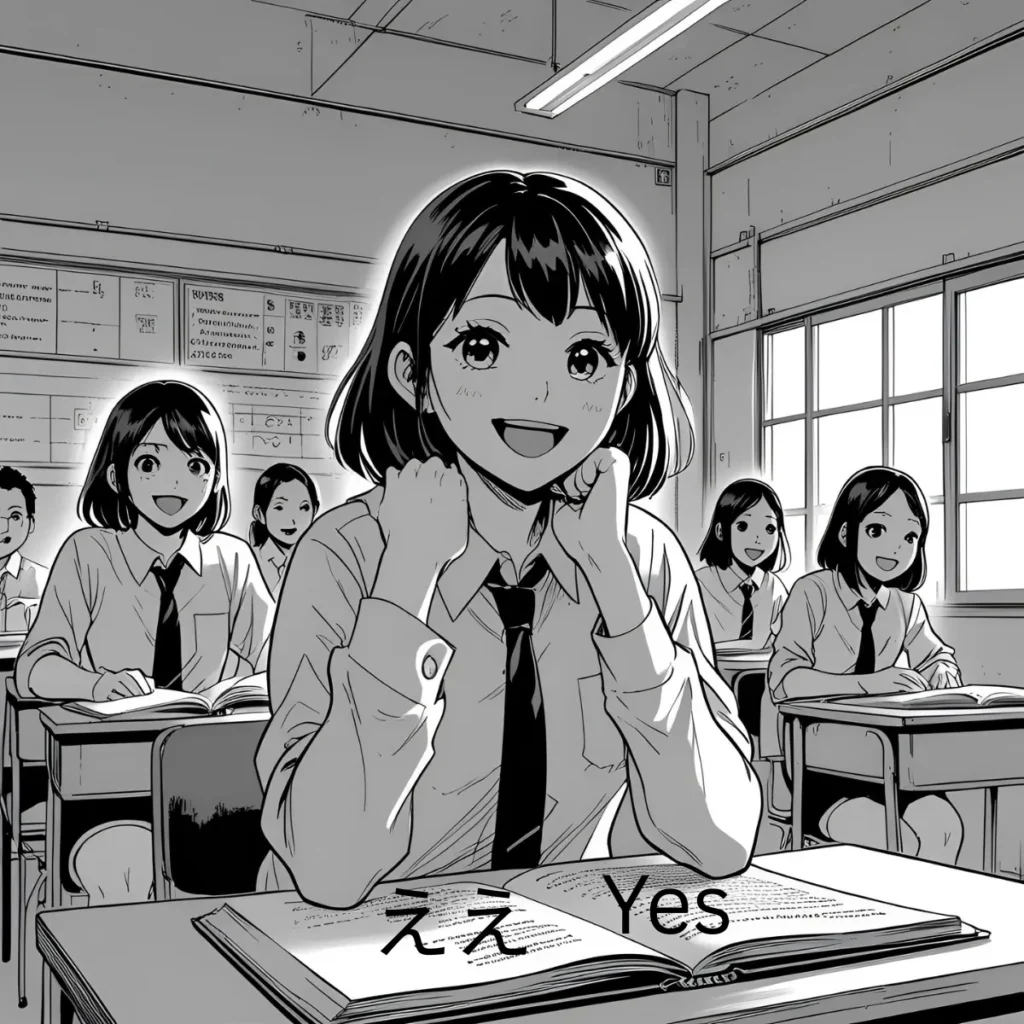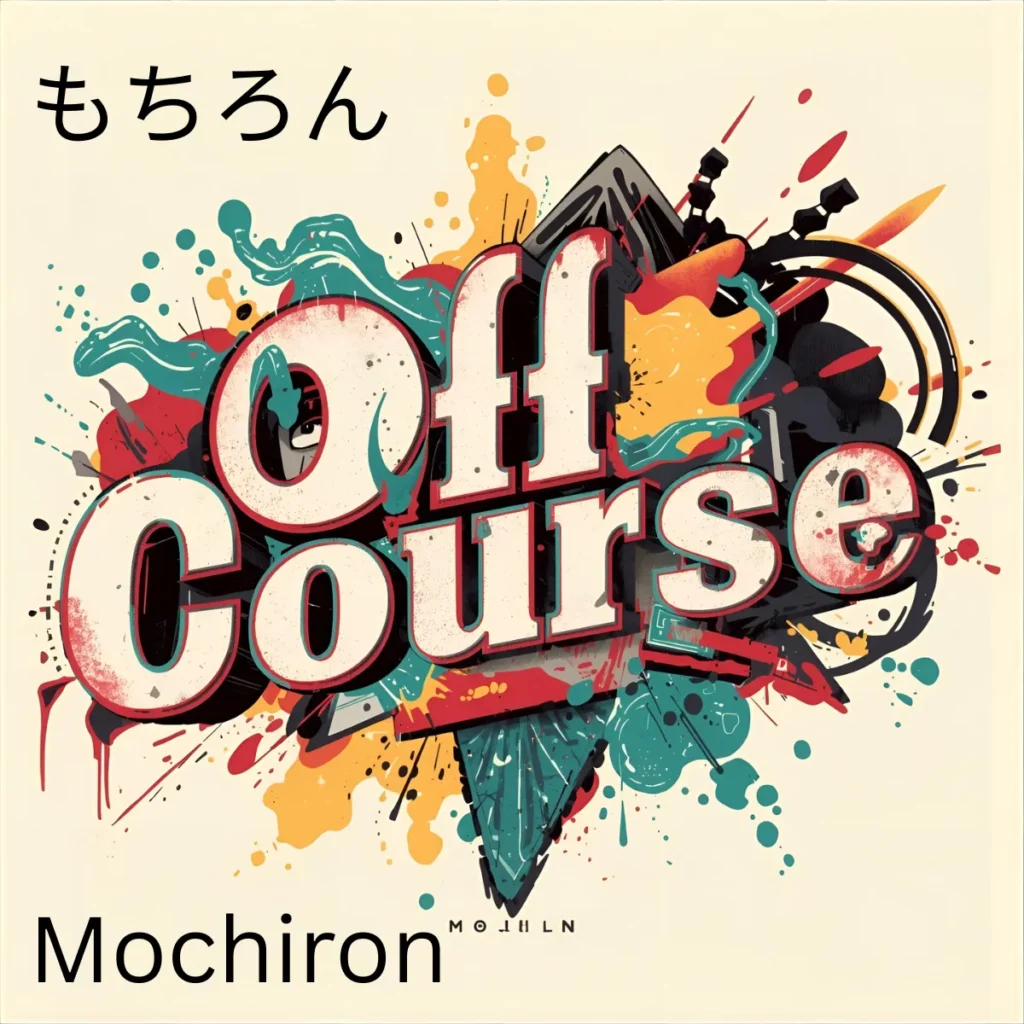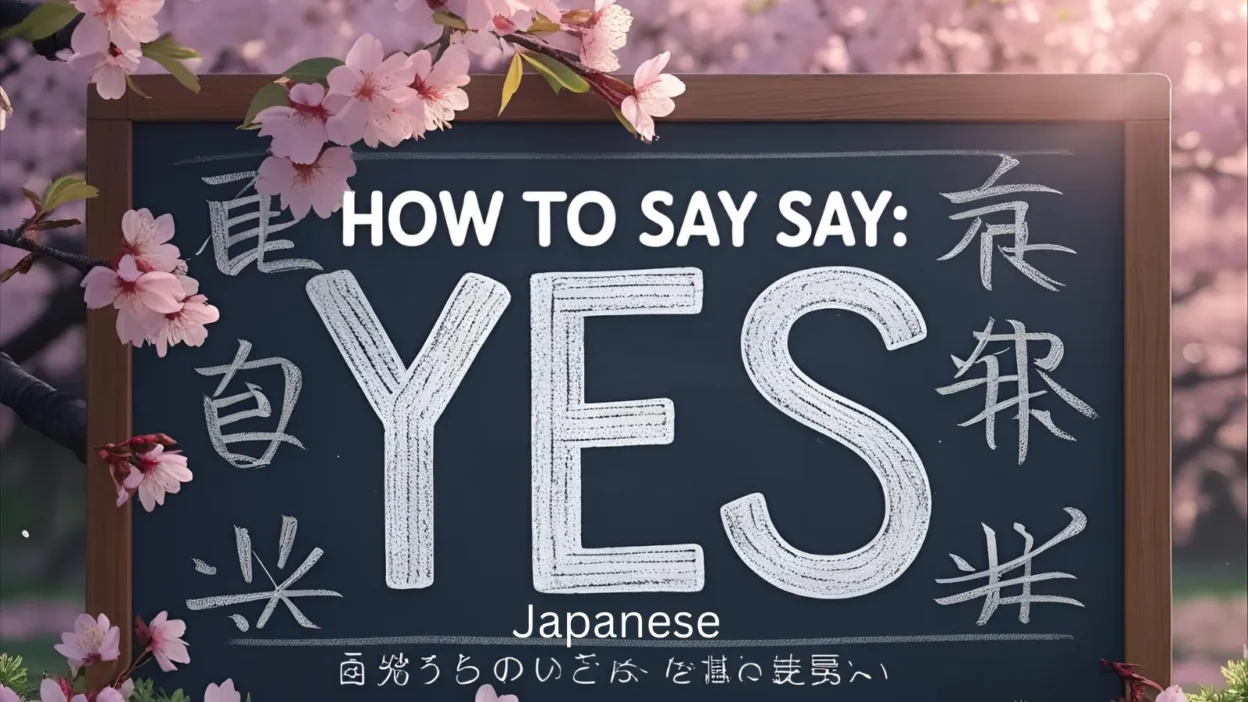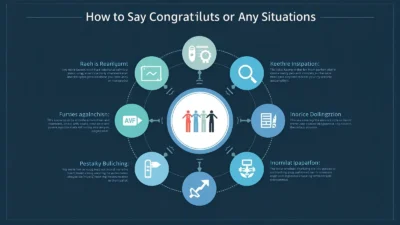Saying yes in Japanese isn’t always as simple as saying “はい (hai).” In fact, Japanese offers a rich variety of affirmatives that change depending on politeness, tone, social status, and even emotion.
Whether you’re watching anime, doing business, or talking with friends in Japan, knowing how to say yes the right way is key to sounding fluent and respectful. Want to master real-life Japanese affirmations?
Say Yes in Japanese
15-phrases table for different ways to say Yes in Japanese with English meaning, Japanese writing, and Romaji:
15 Phrases table for 15 Ways How to Say Yes in Japanese
| # | English Phrase | Japanese Phrase | Romaji |
|---|---|---|---|
| 1 | Yes (basic) | はい | Hai |
| 2 | Yeah / Yup | うん | Un |
| 3 | Yes (polite) | ええ | Ee |
| 4 | Yes, that’s right | そうです | Sō desu |
| 5 | Yes, exactly | そのとおりです | Sono tōri desu |
| 6 | Yes, I understand | わかりました | Wakarimashita |
| 7 | Yes, I got it | 了解です | Ryōkai desu |
| 8 | Yes (very formal) | 承知しました | Shōchi shimashita |
| 9 | Yes (casual agreement) | そうだね | Sō da ne |
| 10 | Yes, of course | もちろんです | Mochiron desu |
| 11 | Yes, certainly | かしこまりました | Kashikomarimashita |
| 12 | Yes (while agreeing politely) | はい、そうですね | Hai, sō desu ne |
| 13 | Yes (in surprise) | えっ、はい | Eh, hai |
| 14 | Yes, I will | はい、やります | Hai, yarimasu |
| 15 | Yes (informal, enthusiastic) | うん、いいよ | Un, ii yo |
1. はい (Hai) – “Yes” (Polite)
Origin:
The standard and most universal way to say “yes” in Japanese. It’s used in schools, business, and formal settings.
Example:
👤 User A: このレポートを読んでくれますか?(Can you read this report?)
👤 User B: はい、わかりました。(Yes, understood.)
Use: Neutral to formal; universally accepted.
2. ええ (Ee) – “Yeah” / “Yes” (Casual)

Origin:
A softer, less formal version of “はい.” It’s used in friendly, informal conversations.
Example:
👤 User A: 映画に行かない?(Want to go to the movies?)
👤 User B: ええ、いいね!(Yeah, sounds good!)
Use: Casual and natural; between friends or peers.
3. うん (Un) – “Mm-hmm” / “Yep”
Origin:
A very casual affirmation. Often used in spoken conversations and common among children and close friends.
Example:
👤 User A: 今日、学校楽しかった?(Did you enjoy school today?)
👤 User B: うん、楽しかったよ。(Yep, it was fun.)
Use: Very casual; not appropriate for formal situations.
4. そうです (Sō desu) – “That’s right” / “Yes, it is”

Origin:
Often used to confirm something politely. “Sō” means “so/that way” and “desu” adds formality.
Example:
👤 User A: あなたが田中さんですか?(Are you Mr. Tanaka?)
👤 User B: はい、そうです。(Yes, I am.)
Use: Polite, professional; confirms facts or identities.
5. そうだね (Sō da ne) – “That’s right” / “Yeah, I agree”
Origin:
Casual version of “そうです.” Adds “ne” to seek agreement or keep the tone friendly.
Example:
👤 User A: この天気、最高だね!(This weather’s amazing, huh?)
👤 User B: そうだね!(Totally!)
Use: Casual agreement; often in conversation.
6. もちろん (Mochiron) – “Of course”

Origin:
Literally means “naturally” or “without a doubt.” A confident way to say yes.
Example:
👤 User A: 手伝ってくれる?(Will you help me?)
👤 User B: もちろん!(Of course!)
Use: Polite and enthusiastic.
7. うんうん (Un un) – “Yeah, yeah” / Nodding affirmation
Origin:
Reduplication of “うん” to show continued or strong agreement, often with head nodding.
Example:
👤 User A: あの先生、優しいよね?(That teacher is kind, right?)
👤 User B: うんうん、すごくね。(Yeah, definitely.)
Use: Informal, used in spoken or emotional replies.
8. そのとおり (Sono tōri) – “Exactly right”
Origin:
Means “just as you said.” A strong agreement, often used to affirm opinions or facts.
Example:
👤 User A: 努力すれば結果が出るよね。(Hard work pays off, right?)
👤 User B: そのとおり!(Exactly!)
Use: Polite and confident; for clear affirmation.
9. いいよ (Ii yo) – “Sure” / “It’s okay”
Origin:
“Ii” means “good,” and “yo” adds emphasis. Used to permit or accept something casually.
Example:
👤 User A: お菓子食べてもいい?(Can I eat the snack?)
👤 User B: いいよ〜。(Sure, go ahead.)
Use: Casual approval; between equals.
10. いいえ、でも… (Iie, demo…) – “No, but…” (Implied yes)
Origin:
In Japanese culture, sometimes “yes” is hidden behind polite disagreement. This phrase might soften the “yes” in hierarchical situations.
Example:
👤 User A: 手伝ってくれないよね?(You’re not helping, are you?)
👤 User B: いいえ、でも…手伝いますよ。(Well, no… I will help.)
Use: Indirect yes in nuanced settings.
11. おっけー (Okkē) – “Okay” (Loanword)
Origin:
Borrowed from English “OK.” Sounds casual and trendy.
Example:
👤 User A: 8時に待ち合わせね?(Meet at 8?)
👤 User B: おっけー!(Okay!)
Use: Very casual, friendly; common in texting.
12. かしこまりました (Kashikomarimashita) – “Certainly” / “Understood”
Origin:
Ultra-polite form used in customer service, like waiters, clerks, or hotel staff.
Example:
👤 User A: ルームサービスをお願いします。(Room service, please.)
👤 User B: かしこまりました。(Certainly.)
Use: Formal and respectful; business or service tone.
13. 承知しました (Shōchi shimashita) – “I understand and agree”
Origin:
Used in business emails and formal replies; shows respectful understanding.
Example:
👤 User A: 明日の会議、10時です。(The meeting is at 10 tomorrow.)
👤 User B: 承知しました。(Understood.)
Use: Formal, polite, corporate.
14. はいはい (Hai hai) – “Yeah, yeah” / “Alright already”
Origin:
Repeating “hai” can show impatience, sarcasm, or quick agreement depending on tone.
Example:
👤 User A: ゴミ出した?(Did you take out the trash?)
👤 User B: はいはい、今やるよ〜。(Yeah yeah, I’m doing it.)
Use: Casual or dismissive; tone-sensitive.
15. うなずく (Unazuku) – To nod (Nonverbal Yes)
Origin:
Japanese often use physical gestures like nodding instead of directly saying “yes,” especially in formal or serious settings.
Example:
👤 User A: (上司が説明中)(While the boss is speaking…)
👤 User B: (黙ってうなずく)(Quietly nodding.)
Use: Nonverbal; respectful or quiet agreement.
FAQs
- What is the most common way to say yes in Japanese?
The most common word is “Hai” (はい). - Is “Hai” formal or informal?
Hai is neutral — you can use it in both polite and everyday conversations. - What’s a casual way to say yes?
You can say “Un” (うん) — similar to “yeah” in English. - How do I say yes politely to elders or teachers?
Use “Hai” or “Hai, wakarimashita” (Yes, I understand). - How do I say yes with strong confidence?
Say “Hai! Mochiron!” (Yes, of course!). - Is there a way to show agreement without speaking?
Yes — nodding is common and often used with or without words. - What if I want to agree but softly?
Say “Ee” (ええ) — gentle and polite tone. - How do I say yes to accept an offer?
Say “Hai, onegai shimasu” (Yes, please). - How do I say yes casually to friends?
“Un, daijoubu” (Yeah, it’s okay). - Is it rude to say just ‘Hai’ without emotion?
Not rude — but tone matters. Sound friendly to show respect.
Conclusion:
Learning how to say yes in Japanese goes beyond just memorizing “はい (hai).” By understanding the different levels of formality and context, you can respond naturally and respectfully in any situation.
From casual chats with friends to professional settings, mastering these affirmatives will make your Japanese sound more authentic and confiden.



